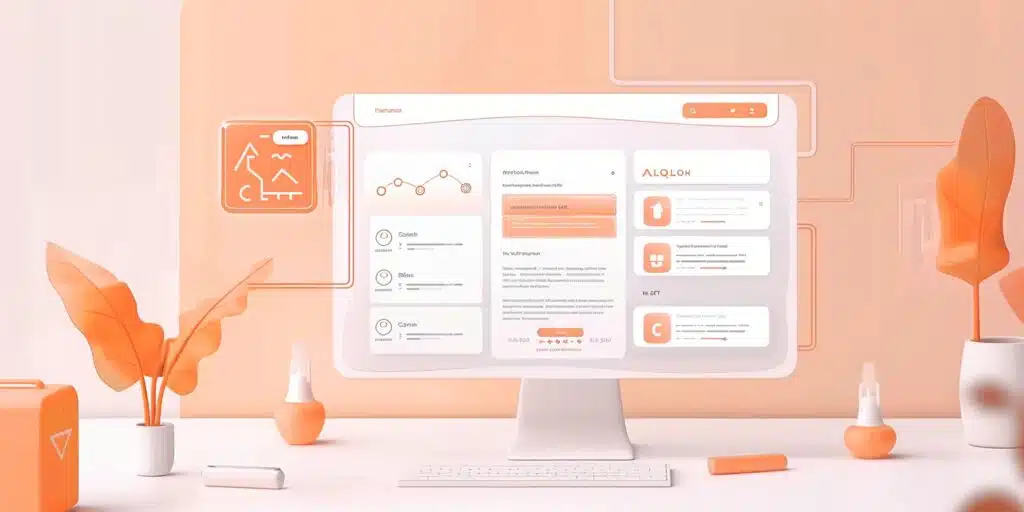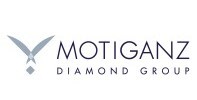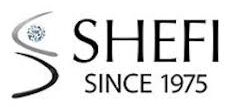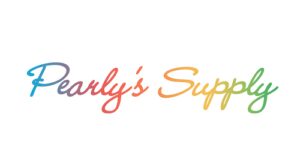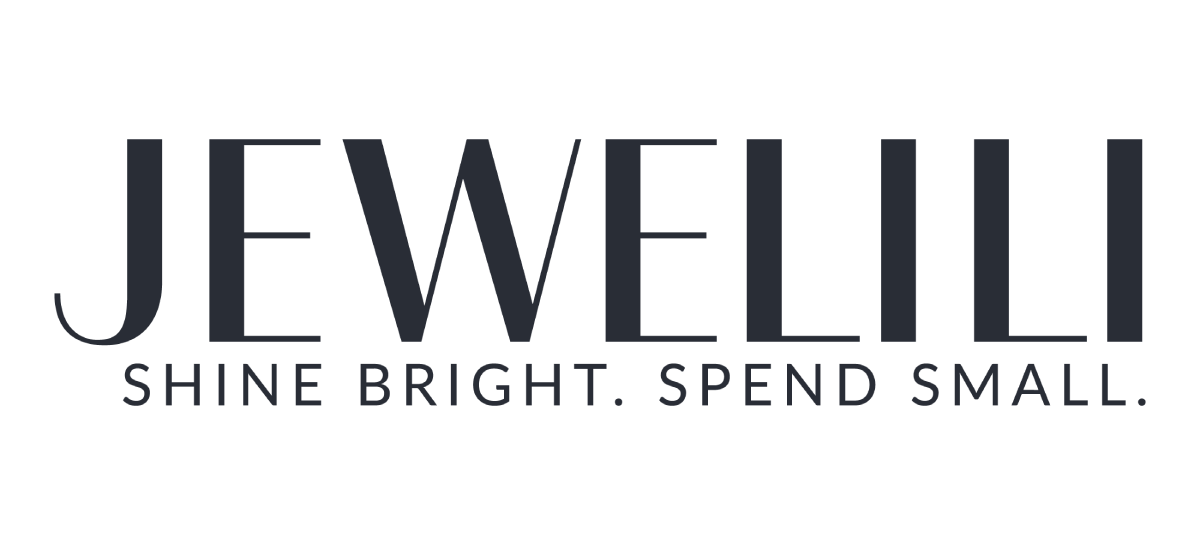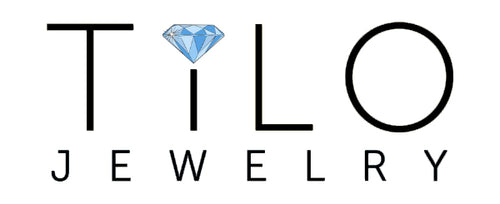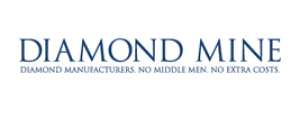“Why should I use Valigara? I can hire 5 people equipped with Excel files!”
A good phrase to start the conversation. Even that it completely misses the point of implementing any technology.
Because the answer extends beyond mere technology.
Simply said, Valigara or any other software for jewelry business is not only for “doing” things. It’s also, and mainly, for “understanding” things, “streamlining,” and “enabling.” And this part simply can’t be achieved by adding more low-skilled manpower.
Unobviously, technology’s main impact is not through the increased performance of the staff members, but by empowering the top management with the ability to react effectively and build effective processes and right insights to make better business decisions.
So, how is the X10 ROI in Valigara possible? We collected the most common growth topics for our clients.
The Commerce level
Better Content Quality
Main Benefit: Enhanced content quality directly impacts customer engagement and conversion rates. By leveraging a full-featured jewelry PIM system, businesses can maintain consistent, accurate, and engaging product information across all sales channels.
Quantifiable Metrics: High-quality content can increase conversion rates by up to 20%, as detailed product information and imagery build trust and reduce purchase hesitancy among potential buyers.
Better SEO ranking
Main Benefit: SEO is all about data. All search engines analyze content quality to make a decision on which jewelry is more attractive to buyers. When addressing the website performance in the main search engines, or a marketplace store, or planning a social channels expansion – the jewelry data is the foundation
Quantifiable Metrics: Jewelry websites and marketplace CoAC decrease in up to 50% thanks to the better content.
Lower PPC rates
Main Benefit: Paid advertising costs are affected by the destination page quality and work in connection with the page’s SEO ranking. By improving the quality of the product pages, the PPC campaigns become more cost-efficient.
Quantifiable Metrics: Jewelry websites and marketplace CoAC decrease in up to 50% thanks to the better content.
Overall Increase in Sales
Main Benefit: By providing comprehensive, accurate product information and streamlining the purchasing process, businesses can significantly boost their sales figures. Automation ensures that inventory and product data are always up-to-date, enhancing customer experience.
Quantifiable Metrics: An integrated approach to automation and PIM has been shown to increase sales by up to 35%, as it improves the shopping experience and reduces cart abandonment rates.
Avoid Losses from Overselling
Main Benefit: Advanced PIM systems offer real-time inventory tracking, preventing overselling scenarios that can lead to customer dissatisfaction and potential financial losses due to refunds or compensatory actions.
Quantifiable Metrics: Implementing real-time inventory management can decrease overselling incidents by up to 90%, safeguarding against lost revenue and damaged customer relationships.
Avoid Losses from Underselling
Main Benefit: Similarly, real-time data management helps identify slow-moving inventory or underexposed products, allowing businesses to adjust marketing strategies or promotions accordingly and avoid underselling valuable items.
Quantifiable Metrics: Strategic adjustments based on accurate data can increase exposure and sales of underperforming items by over 25%.
Lower Return Rates
Main Benefit: Implementing PIM systems in the jewelry business can significantly reduce return rates by ensuring accurate, detailed product descriptions and high-quality images. This clarity helps customers make informed purchasing decisions, leading to higher satisfaction levels.
Quantifiable Metrics: Businesses have observed up to a 30% reduction in return rates after adopting comprehensive PIM systems, directly improving profitability by minimizing the costs associated with processing returns and restocking items.
Enhanced Customer Insights
Main Benefit: PIM systems can aggregate and analyze customer data, providing valuable insights into buying behavior and preferences, enabling targeted marketing and product development strategies.
Quantifiable Metrics: Leveraging customer insights can result in a 15-25% increase in sales for targeted segments, as promotions and products are more closely aligned with customer desires.
Increased Customer Loyalty
Main Benefit: A streamlined, efficient, and responsive shopping experience, enabled by PIM and automation, significantly enhances customer satisfaction and loyalty. This, in combination with a jewelry-first CRM, creates the opportunity for a long-term engagement with the customers and increased returned clients’ purchase rate.
Quantifiable Metrics: Businesses employing these strategies report a 20-30% increase in repeat customer rates, directly contributing to long-term profitability.
The Business level
Lower Management Expenses
Main Benefit: Automation and PIM systems streamline data management processes, significantly reducing the time and resources required for manual data entry, updates, and maintenance.
Quantifiable Metrics: Businesses report saving up to 50% in management expenses related to product information, thanks to the efficiency brought by automation and PIM systems.
Scalability
Main Benefit: Automation and PIM systems facilitate scalability by allowing businesses to manage a larger inventory and accommodate growth without proportionately increasing overhead costs.
Quantifiable Metrics: Companies leveraging these systems can scale operations by up to 50% without significant increases in operational expenses, demonstrating a direct correlation between technology adoption and business growth potential.
Lower Manpower Expenses
Main Benefit: By automating routine tasks, businesses can significantly reduce the need for manual labor, allowing staff to focus on more strategic, value-adding activities.
Quantifiable Metrics: Automation can lead to manpower savings of up to 70%, directly impacting the bottom line by reducing payroll expenses and increasing operational efficiency.
Improved Supplier Collaboration
Main Benefit: Automation facilitates better communication and data exchange with suppliers, streamlining restocking processes and reducing lead times for new or replenished items.
Quantifiable Metrics: Enhanced supplier collaboration can shorten restocking cycles by up to 30%, ensuring that popular items are consistently available and reducing missed sales opportunities.
Enhanced Market Responsiveness
Main Benefit: With real-time data, businesses can quickly adapt to market trends, customer feedback, and competitive pressures, adjusting pricing, promotions, and inventory levels accordingly.
Quantifiable Metrics: This agility can increase market share by 10-20% within a year by capitalizing on emerging trends and customer needs more effectively than competitors.
Empowering the Top Management
Main Benefit: Automation and PIM systems provide top management with real-time insights and analytics, enabling informed decision-making and strategic planning. This empowerment comes from having access to accurate, comprehensive data about sales trends, customer preferences, inventory levels, and operational efficiency.
Quantifiable Metrics: Companies utilizing these systems report up to a 40% improvement in strategic decision-making effectiveness, as management can quickly adapt strategies based on current business performance and market trends.
Regained Control over the Business
Main Benefit: Automation and advanced PIM systems offer unparalleled control over every aspect of the business process, from inventory management to customer engagement. This control ensures that every part of the operation aligns with the company’s quality standards and strategic goals.
Quantifiable Metrics: Enhanced process control is linked to a 25-35% increase in operational efficiency, with significant reductions in errors, stockouts, and customer service issues.
Simplified Onboarding New Team Members
Main Benefit: With standardized processes and centralized data systems, onboarding new team members becomes much more straightforward. New hires can quickly become productive as they have easy access to all the information they need, coupled with clear guidelines on processes and procedures.
Quantifiable Metrics: The simplification of the onboarding process can reduce training time by up to 60%, accelerating the time it takes for new employees to contribute effectively to the business.
Conclusion
Incorporating business automation via PIM system together with other components of the jewelry software toolset into the jewelry business affect it both directly, improving all commerce parameters, and indirectly, allowing the management to make better decisions and perform better in all business spheres.
In jewelry businesses, where the product data is not standardized, the focus on data management is especially crucial, must be held with higher attention and is the key for the company dynamics.
Taking your jewelry business up or down is in your hands! 🙂


